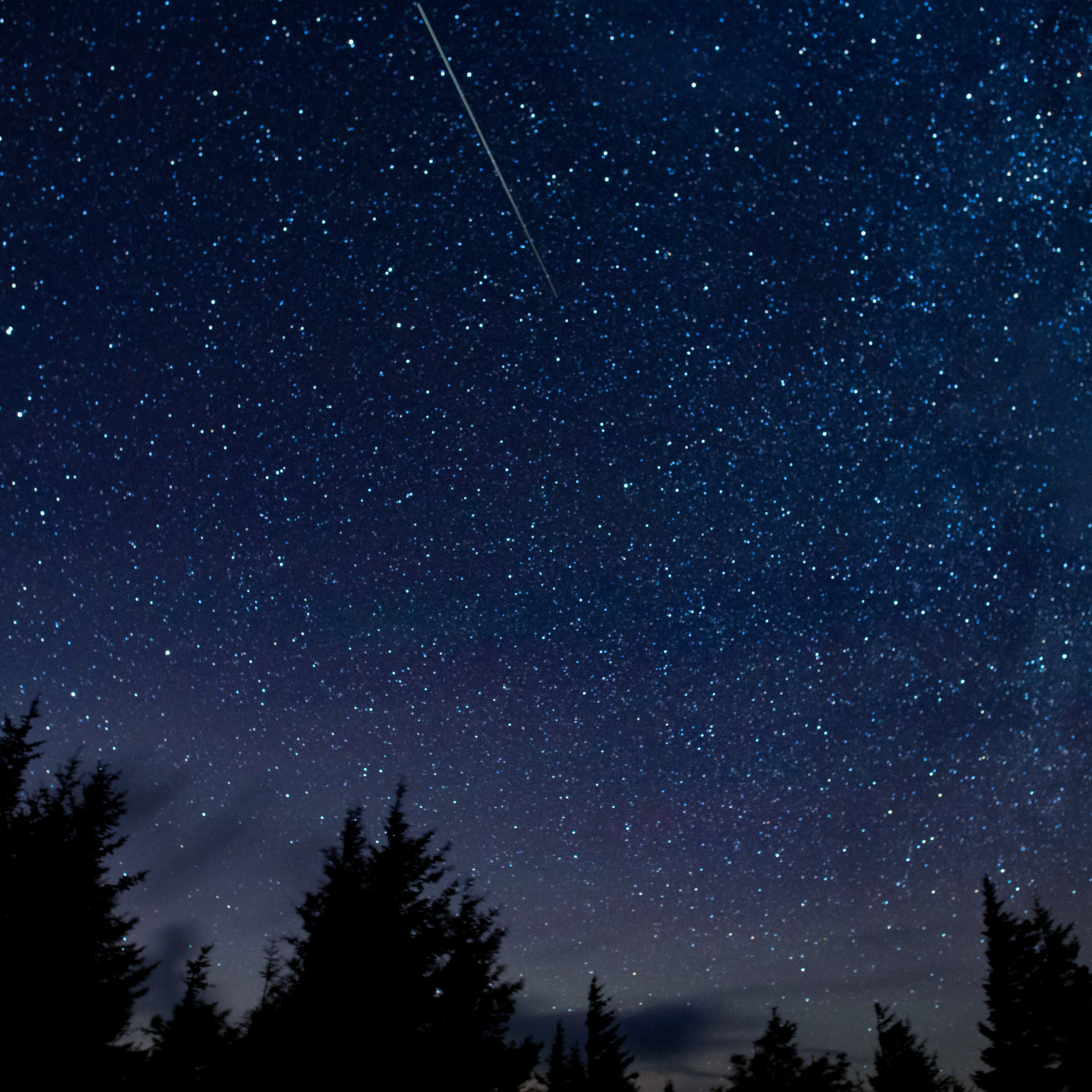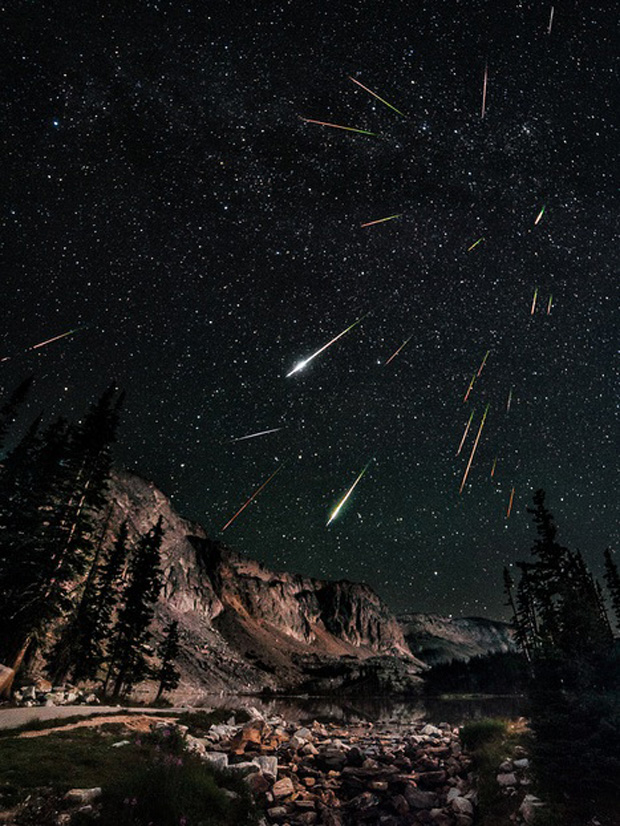NASA Debunks Perseid Meteor Shower Rumor
There is a striking misconception going around that the 2017 Perseid meteor shower will be the "brightest shower in recorded human history" and even visible during the day.
This rumor is not true, according to NASA.
Long-awaited celestial events, such as the annual Perseid meteor shower on Aug. 12 or the total solar eclipse on Aug. 21, create a lot of excitement. However, many rumors about these events get blown out of proportion, as is the case with this year's Perseids, NASA said. [Top 10 Perseid Meteor Shower Facts]
"For one thing, the Perseids never reach storm levels (thousands of meteors per hour). At best, they outburst from a normal rate [of] between 80-100 meteors per hour to a few hundred per hour," Bill Cooke, head of NASA's Meteoroid Environment Office at the Marshall Space Flight Center, said in a statement. "The best Perseid performance of which we are aware occurred back in 1993, when the peak Perseid rate topped 300 meteors per hour. Last year also saw an outburst of just over 200 meteors per hour."
The Perseid meteor shower happens every August, as the Earth passes through debris left behind from Comet Swift-Tuttle. This year's Perseids will peak on Aug. 12, when Earth encounters the densest area of the comet's dusty trail. Astronomers expect rates of about 150 meteors an hour, according to the statement.

However, it will be a little harder to see the Perseids this year, Cooke said. Shortly before the shower peaks overnight, the moon will be three-quarters full, meaning its bright light will wash out many of the fainter meteors.
"A meteor every couple of minutes is good and certainly [makes it] worth going outside to look, but it is hardly the 'brightest shower in human history,'" Cooke said. "The Leonid meteor storms of the late 1990s and early 2000s were much more spectacular and had rates 10 times greater than the best Perseid display."
Get the Space.com Newsletter
Breaking space news, the latest updates on rocket launches, skywatching events and more!

The Leonid meteor shower on Nov. 12, 1833, had tens of thousands — possibly even 100,000 — meteors per hour (or 20 to 30 meteors per second). For comparison, a Perseid meteor shower has about one meteor per minute under ideal conditions, according to the statement.
"The 1833 storm had a profound effect on those that witnessed it; it also gave birth to modern meteor science. Those of us who study meteors dream of such a display happening sometime within our lifetimes," Cooke said. "But it won't be caused by this year's Perseids."
Follow Samantha Mathewson @Sam_Ashley13. Follow us @Spacedotcom, Facebook and Google+. Original article on Space.com.
Join our Space Forums to keep talking space on the latest missions, night sky and more! And if you have a news tip, correction or comment, let us know at: community@space.com.

Samantha Mathewson joined Space.com as an intern in the summer of 2016. She received a B.A. in Journalism and Environmental Science at the University of New Haven, in Connecticut. Previously, her work has been published in Nature World News. When not writing or reading about science, Samantha enjoys traveling to new places and taking photos! You can follow her on Twitter @Sam_Ashley13.









